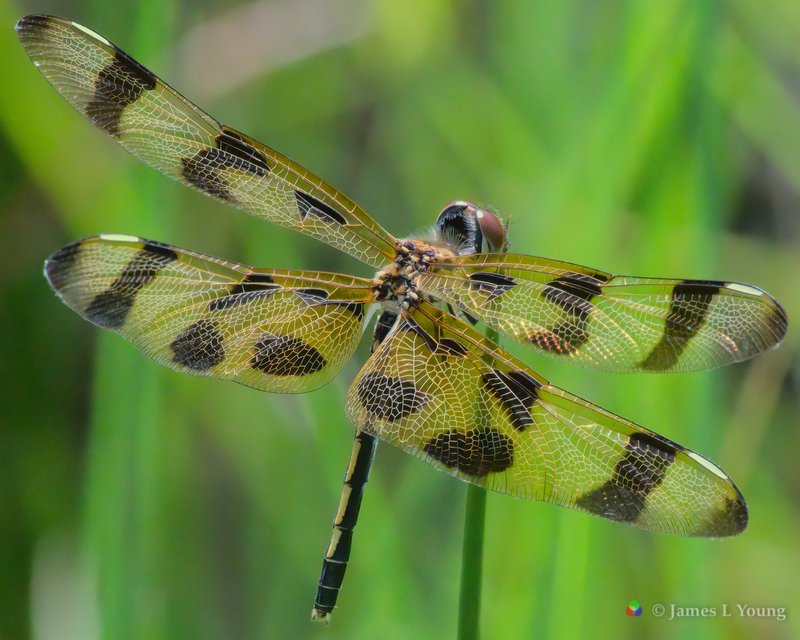Many photographers and birders visit Saint Marks National Wildlife Refuge to take photographs of birds. Some also take pictures of the beautiful butterflies and moths that are present much of the year.
Another interesting flying insect at St. Marks NWR is the dragonfly. This amazing prehistoric creature can be quite difficult to photograph due to its behavior and the weather conditions at St. Marks.
This blog will discuss the techniques I use to photograph this amazing creature.
Background:
About 300 million years ago, before the age of dinosaurs, there were dragonflies.
Some dragonflies had wingspans of about 2 feet and were among the first winged insects to evolve.
Amazingly, dragonflies are still around, albeit much smaller. These ancient insects can hover like a hummingbird and fly at 30 miles/hour. Their huge eyes give them a 360 degree view of their surroundings.
These evolutionary advantages make it difficult to approach a dragonfly. Using a telephoto lens or a macro zoom can help but another technique is to let the dragonfly come to you.
Go to a place that that has a lot of dragonflies and patiently wait for them to get within range. (This technique works with many species of wildlife)
Dragonflies love thin vertical objects like dead stalks of tall grass and can make for nice photos. They also like vertical automobile antennas too.
Photo techniques:
Generally I like to have the sun to my back so the dragonfly is well illuminated. It is helpful to have green foliage behind the dragonfly to have more even exposure.

Sometimes I stumble across a backlit dragonfly that shows off the wing venation but I generally prefer front lighting.
In order to get good depth of field I use a high F stop and a high shutter speed to prevent motion blur.
The high F stop and fast shutter speed restricts the light getting to the camera sensor so the ISO must be much higher to compensate.
A high ISO makes for more noise in the image but fortunately noise is now easy removed using modern denoising software.
Environmental conditions:
St. Marks NWR often has strong winds that complicate dragonfly photography. This can be ameliorated by taking photographs early in the morning before the winds pickup.
Cold weather slows down the dragon dragonflies making them easier to photograph.
Photographic work flow:
I always shoot raw images to get the very best quality images and develop the images with the free multi-platform application called darktable . YouTube has many good tutorials about darktable.
Thanks for reading this post, I hope you found it helpful
Regards,
Jim
Links:
https://en.wikipedia.org/wiki/Dragonfly
